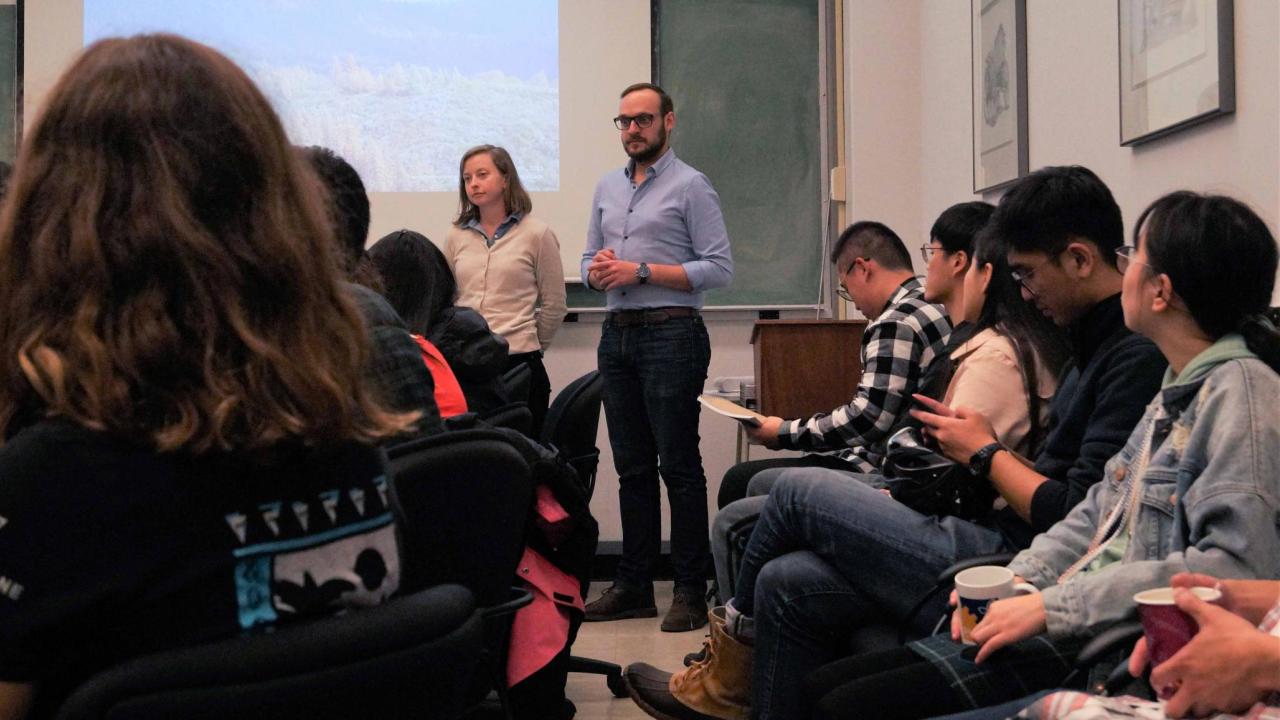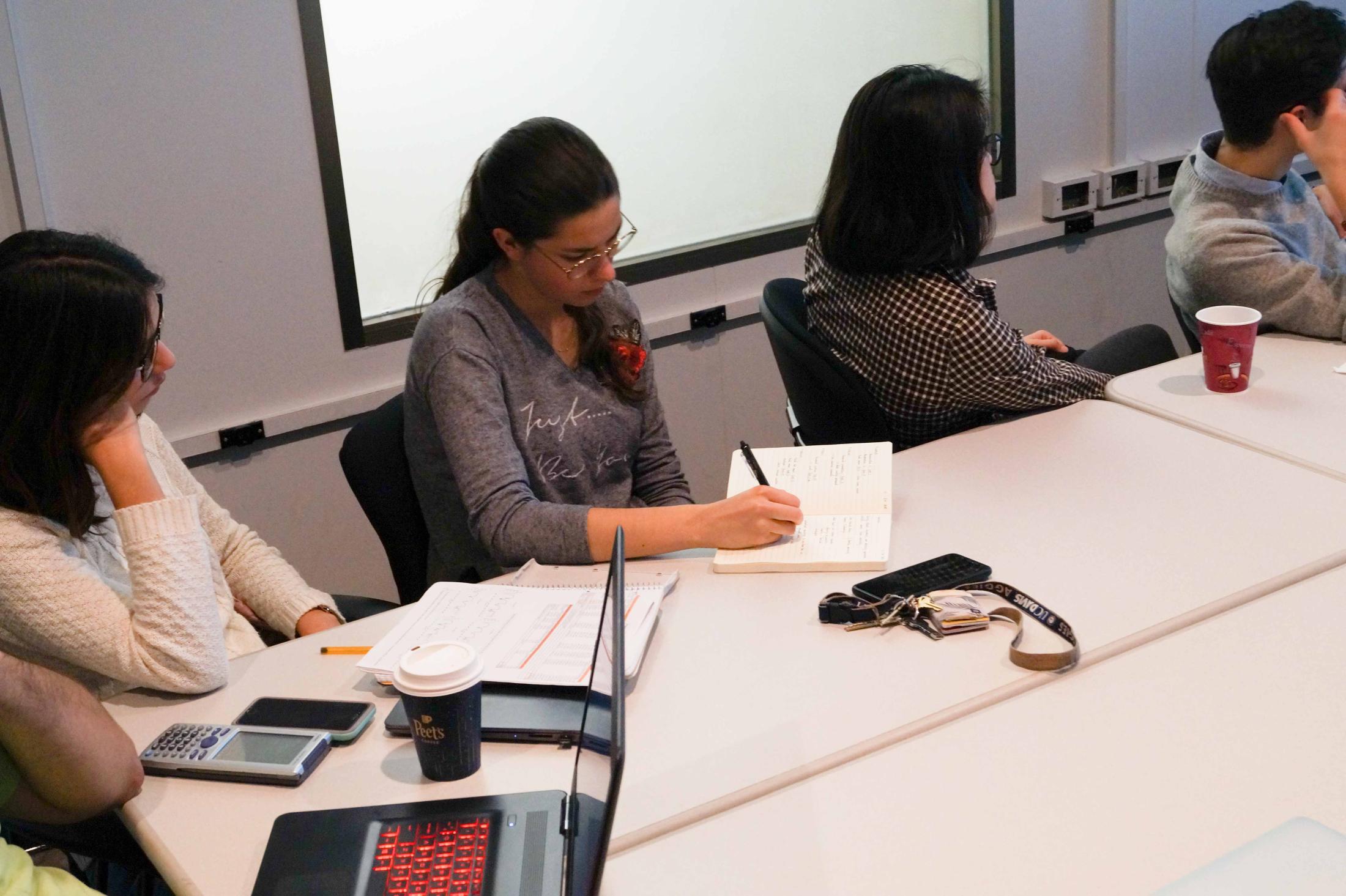
Carmen Tubbesing and Jose Daniel Lara Present Research on the Feasibility of Biomass Utilization in Califonia’s Forests
From 2012 to 2017, an unprecedented approximately 129 million trees have died in California's forests. When this is coupled with overcrowding stemming from 20th century forest management practices, a picture of California's forests begins to emerge that underscores the sheer volume of forest biomass.
The resultant excessive biomass has drawn the attention of researchers, developers and politicians seeking to understand the issue and prepare long term strategies for dealing with the biomass. The disposal of the biomass presents a number of challenges as well as the potential for the biomass to be utilized as an energy source.
Carmen Tubbesing and Jose Daniel Lara, both PhD Candidates at UC Berkeley, presented their research on the potential for generating energy from forest biomass in the latest Department of Biological and Agricultural Engineering's Fall Quarter Seminar Series.
 The research takes an in-depth look at where in the state biomass exists, how much is available for conversion, and how cost effective the conversion might be. They hope that their findings will help decision makers, such as Govern Brown, make informed choices about using forest biomass to generate electricity.
The research takes an in-depth look at where in the state biomass exists, how much is available for conversion, and how cost effective the conversion might be. They hope that their findings will help decision makers, such as Govern Brown, make informed choices about using forest biomass to generate electricity.
In the study, Carmen and Jose combined data from a number of sources to find out, as best as possible, where the biomass is located. "88% of dead biomass is located in 10 counties," Carmen explained during the seminar. Of that biomass, only about 30% of it is truly cost-effective to remove and use.
According to their research findings, the feasibility of converting biomass to electricity is reliant on a number of factors such as tree size, concentration size, and even whether or not the biomass is on a slope. But other costs are also involved, such as how close the biomass is to the road and therefore transportable to a processing facility.
The goal of the research isn't to find a solution to the biomass problem in California's forests. Instead, the two hope that their research can be used as, according to Jose, an "information tool for decision makers."
As fires continue in California's forests, and trees continue to die, more studies like this are certainly needed in order to make informed choices about how to address the problem.
Next week, the Biological and Agricultural Engineering department hosts Ferisca Putri. Ferisca will discuss strategies for operating and treating water in soilless culture systems. Click here for more information.
